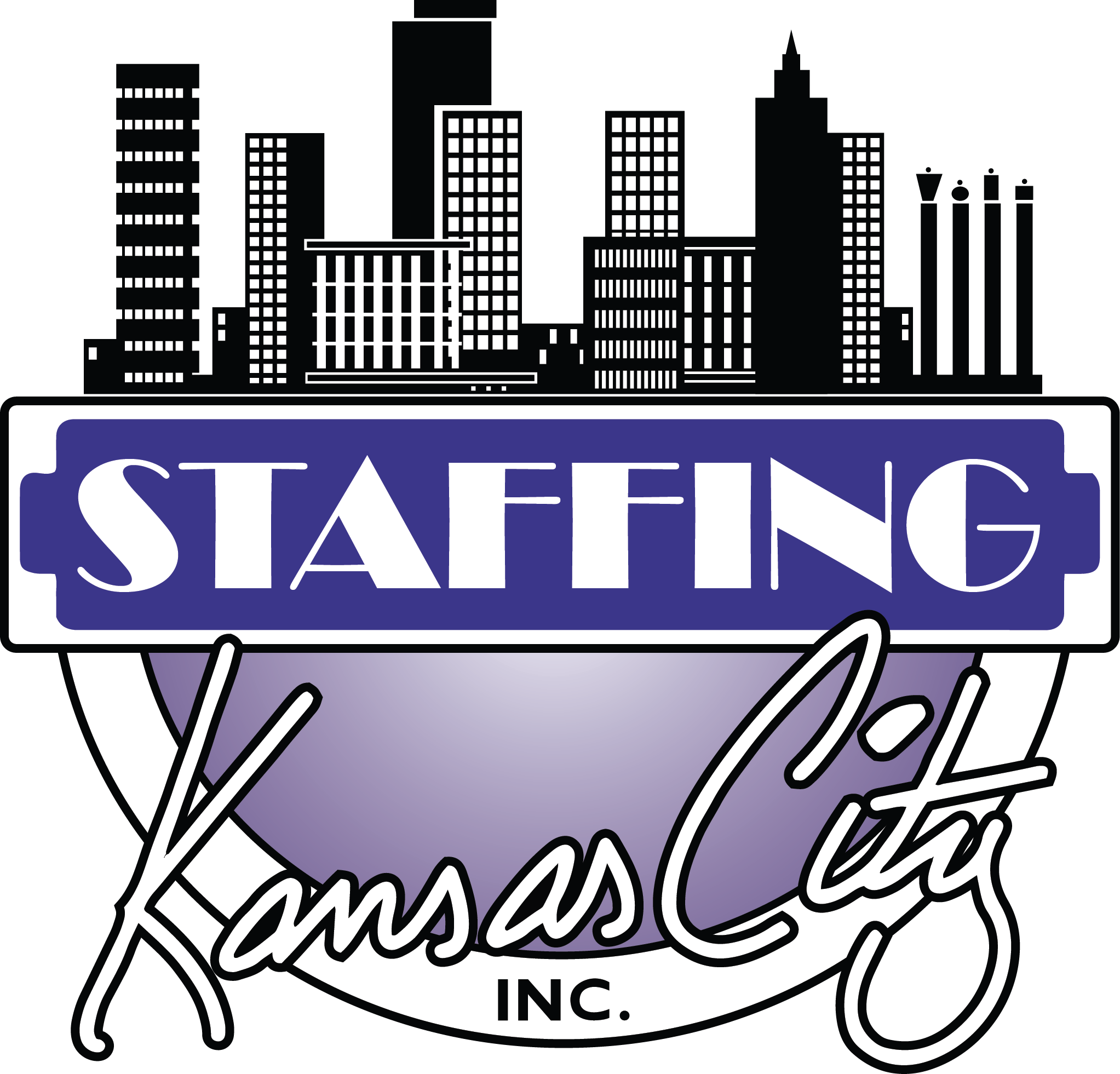
As Memorial Day approaches, some businesses will begin kicking off summer hours. While this definition can vary from employer to employer, summer hours often entail offices closing early on Friday so employees can enjoy the warmer weather and longer days.
Summer hours often hinge on the expectation that employees will put in their 40 hours before the end of the week. On a larger scale, some companies are experimenting with the option of a 4-day work week of four 10-hour days or three 12-hour days – another evolution in the pursuit of work-life balance.
Modeling the 4-Day Week
Scandinavian countries are often held up as an example of successfully implementing a four-day work week with Iceland, Sweden and Norway all celebrating successful pilot programs. Iceland implemented a large-scale pilot where a significant part of its workforce works 35-36 hours over a 4-day workweek. Participating employees did not experience a pay cut for the reduction in hours worked. In 2015, Sweden experimented with a six-hour workday, resulting in a 30-hour work week. Norway has long enjoyed a shorter workweek and has a number of companies using a four-day work week.
Closer to Home
While a handful of companies have experimented with a 4-day work schedule, U.S. adoption is far from widespread. But a 2025 State of the Workplace: Workforce Trends & Productivity Benchmarks report studying digital workplace behaviors found that the average workday is 36 minutes (7%) shorter but 2% more productive. The report from the ActivTrak Productivity Lab discovered employees are using their time more efficiently.
Evolution of Engagement and Tools
ActivTrak found the use of AI continues to rise but these users show slightly longer workdays, higher collaboration and a decrease in focus time. ChatGPT is the most used AI tool, but it remains to be seen if it is advancing productivity levels as much as is predicted to do so. The ongoing shift in work patterns includes a 20% improvement in the length of a productive session from 20 to 24 minutes yet multitasking and collaboration continue to decrease focus time. The report found focus efficiency also dropped 8%. Remote-only workers have the highest productivity versus other types of workers with +29 minutes or more productivity compared to other worker types. With concerns about disengagement and diminishing the mental wellbeing of employees on the rise, the report also discovered an increase in healthier work patterns although 5% of those surveyed continue to work on the weekends.
The State of the Workplace report spanned three years of anonymized customer data and included 218,900 employees across 777 companies. The study reflects user behavior recorded between Jan. 1, 2022, and Dec. 18, 2024.

